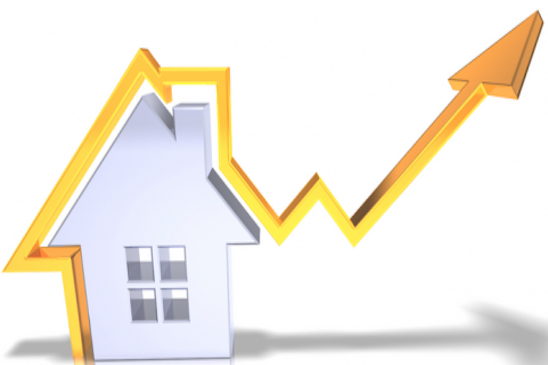
A Fresh Batch Of Real Estate Market Trends For 2016
The U.S. real estate market had a solid year in 2015, and one year from now could bring business as usual. Be that as it may, we most likely won’t see the same number of twofold digit home value picks up in 2015, as we did for this present year. Free market activity lopsided characteristics could keep on driving costs north, while work additions could bring more purchasers into the business sector. These are a couple of the real estate market estimates and forecasts we hear for 2016.
Real Estate Market Trends for 2016
It’s that time of year when the Home Buying Institute rounds up an accumulation of clever and at times dubious expectations for the U.S. private land market. We start with home costs, and we end with Millennials, with a sprinkling of home loan rates and job patterns in the middle.
Here are key expectations for the U.S. Real Estate Market Trends 2016
Home costs will rise all the more gradually in many U.S. urban communities.
In the course of the last couple of years have, we’ve seen home costs rise quickly in numerous parts of the nation. It was frequently the aftereffect of free market activity lopsidedness. In various substantial metro zones, there were a lot of home purchasers in the business sector yet insufficient homes to take care of demand. Costs tend to rise quickly under such circumstances.
According to the Real Estate Market Trends, in 2016 the value of real estate will likely ascend more gradually at the end than they did in 2015, as more homes go into the market.
In July, the financial information organization Core Logic issued an estimate for the U.S. land market. Around then, the organization was foreseeing a 4.7% ascent in social home costs through July 2016.
As per the report, the CoreLogic HPI Forecasts shows that home costs [in the U.S.], sales, are anticipated to increment by 4.7% from July 2015 to July 2016.
The general accord among real estate experts is that home costs in the U.S. will keep ascending in 2016, at any rate in many U.S. urban communities. In any case, the additions won’t be as steep as what we have seen for this present year.
The greatest home-value additions will keep on being in the West.
In 2015, a portion of the highest home value raise happened in the western portion of the country. Urban areas like Denver, Colorado and numerous in California experienced twofold digit increases in property value. Denver and San Francisco, for instance, both posted year-over-year increases above 10%.
These markets could encounter some cooling in 2016, as specified last time. In any case, numerous real estate experts expect that the greatest home-value increases will keep on occurring in these western markets.
In September 2015, the S&P/Case-Shiller real estate Price Index uncovered preceded with thankfulness the nation over. In any case, the greatest increases were accounted for in the west. As per David M. Blitzer, Chairman of the Index Committee:
“[The index] has ascended at a 4% or higher yearly rate since September 2012, well in front of swelling. The vast majority of the quality is centered around states west of the Mississippi. The three urban areas with the biggest aggregate cost increments since January 2000 are all in California: Los Angeles (138%), San Francisco (116%) and San Diego (115%).”
Contract rates will rise in the not so distant future and into 2016.
This week (finishing October 2), the normal rate for a 30-year settled home loan sank to 3.85%. The 30-year normal has been floating at or underneath 4% for a large portion of this current year. However, what’s the gauge for 2016? As per a few investigators, acquiring expenses could start to rise not long from now and into 2016.
Toward the end of September 2015, Freddie Mac (the administration controlled purchaser of home loan credits) issued a real estate market expectation for 2017. In it, the organization’s central financial expert figure that the normal rate for a 30-year settled home credit would progressively ascend to 4.2% before the current years over, and 5.1% before the end of 2016.
